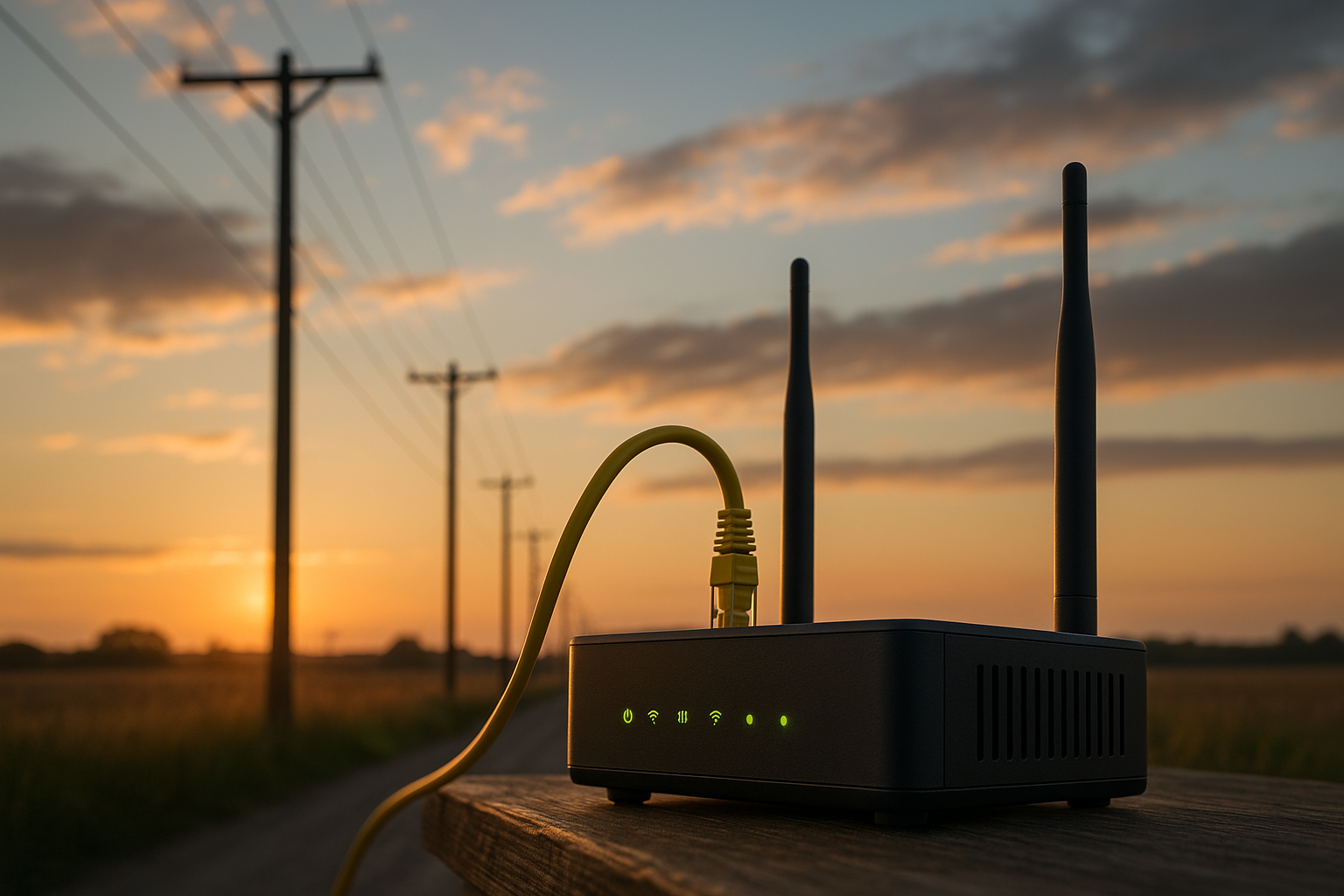Understanding Broadband Over Power Lines: A Potential Answer to Connectivity Challenges
Broadband Over Power Lines (BPL) is a fascinating development in the telecommunications sector that has the potential to revolutionize how we access the internet. This technology uses existing electrical power lines to deliver high-speed broadband internet. This article will dive deep into BPL, tracing its evolution, exploring its implications, and discussing its potential challenges and applications.

The Emergence of Broadband Over Power Lines
Broadband Over Power Lines, also known as Power Line Communications (PLC), began as a concept in the early 20th century. The idea was to use electrical power lines to deliver telecommunication signals. Over the years, technological advancements have bolstered this concept, leading to the development and implementation of BPL systems.
The Intricacies of BPL Technology
BPL technology works by modulating data signals over the high-frequency band of power lines. The data is transmitted over the electrical grid and then decoded by a modem at the user’s end, providing internet connectivity. Despite its technical complexity, the underlying concept is straightforward: using existing infrastructure to deliver internet services.
BPL’s Impact on the Telecommunications Industry
While still in its infancy, BPL has the potential to disrupt the telecommunications sector. It offers a promising solution to the ‘last-mile’ problem, which involves delivering internet services to remote or hard-to-reach areas. By leveraging the ubiquitous power line infrastructure, BPL can provide internet access virtually anywhere there is electricity.
Challenges and Controversies Surrounding BPL
Despite its potential, BPL faces several challenges. One of the major concerns is the potential for interference with radio frequencies, given that power lines were not originally designed to carry data signals. Regulatory hurdles and initial installation costs are other significant obstacles to widespread BPL adoption.
Future Prospects and Practical Applications of BPL
Looking ahead, the potential of BPL is immense. It could play a crucial role in bridging the digital divide, especially in remote and rural areas. Furthermore, BPL could pave the way for smart grid applications, as it allows for two-way communication between utility companies and consumers, facilitating real-time monitoring and control of power usage.
In conclusion, Broadband Over Power Lines represents a fascinating frontier in the telecommunications industry. While it is not without challenges, its potential to transform internet connectivity cannot be understated. As we continue to innovate and solve the hurdles facing BPL, this technology may soon become a common feature in our digital landscape.




